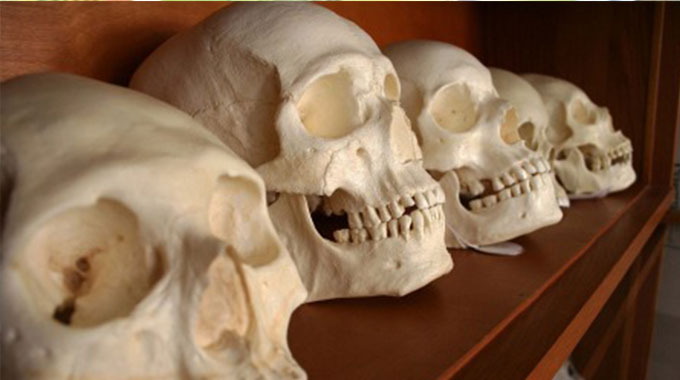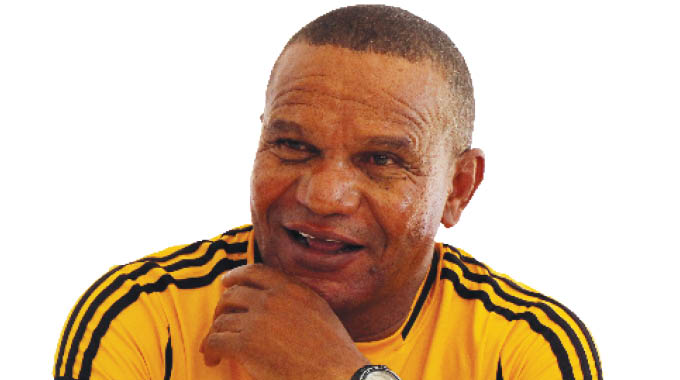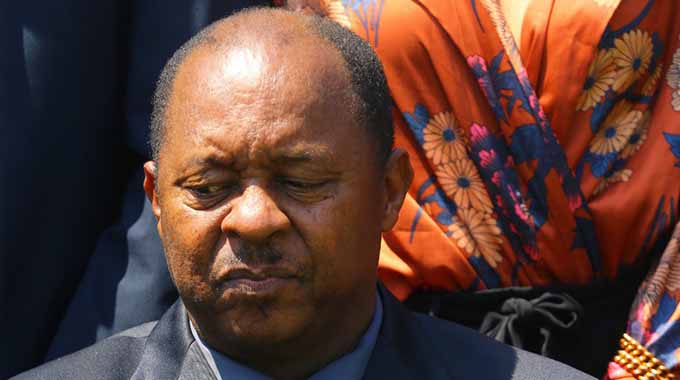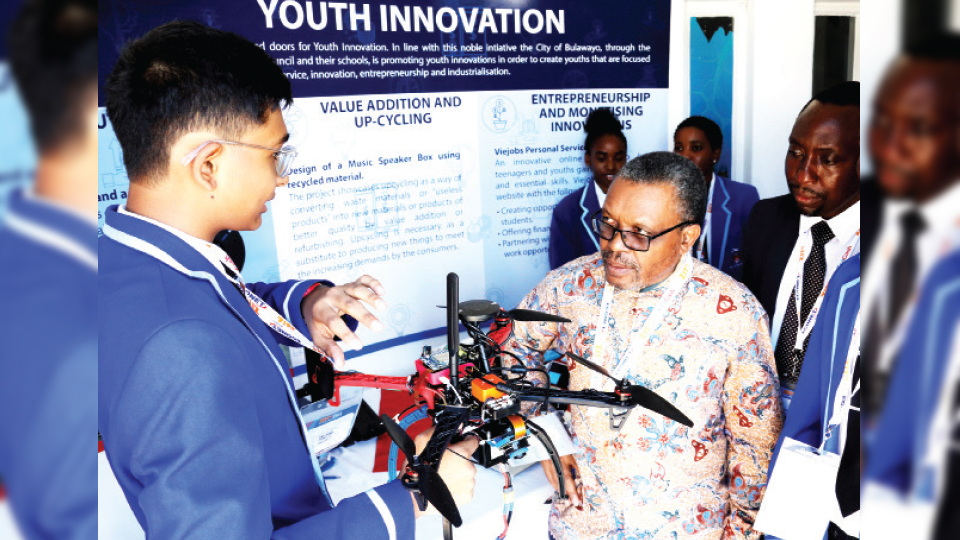Repatriation of Zim heroes’ remains from UK on course

Mashudu Netsianda, Senior Reporter
THE Government is finalising the process of repatriating skulls of several First Chimurenga heroes, which were shipped to British museums during the colonial era.
It is believed that among the skulls are those of Chief Mashayamombe Chinengundu of Mhondoro and Chief Makoni Chingaira of Rusape.
Both chiefs were beheaded by British invasion forces at the height of Zimbabwe’s first war of resistance against white settlers (1896/7), and their heads were shipped abroad in exchange for hefty sums.
However, some researchers believe other heroes like Mbuya Nehanda and Sekuru Kaguvi were hanged and their heads also taken overseas.
In an interview yesterday, National Museums and Monuments of Zimbabwe (NMMZ) executive director Dr Godfrey Mahachi said following successful negotiations between Zimbabwe and the United Kingdom about five years ago, the process is now in the final stages.
“We have reached a stage where we can safely say the repatriation from the UK of human remains of people with Zimbabwean origins is in its final stage, but for now I cannot confirm that Ambuya Nehanda’s remains are part of those identified since it is a process that involves a lot of research. We have done most of the basic work and we are now into the final phase of the process although I cannot give a time frame, but the repatriation will be quite soon,” he said.
Dr Mahachi said Government was in constant touch with London authorities through the Zimbabwean Embassy in the UK to speed up the process.
“We have been in communication with our museums counterparts in the UK and so for now the process has been more on the technical side and the research has been done and it has been confirmed that they are of Zimbabwean origin.
“We are working with the assistance of our embassy in the UK and I am also in constant touch with individuals and a group of Zimbabweans in the UK who are really anxious to make sure that the process moves with speed.
“They are also supporting us in terms of running around as they are eager to see the process finalised,” he said.
Dr Mahachi said the issue of budget will come later when the physical removal of the remains from the UK begins. Several skulls are at a London museum and have been positively identified as having originated from Zimbabwe.
The remains got to London around 1898, which was around the time the First Chimurenga was coming to an end.
On September 13, 1890, the Pioneer Column — a force assembled by British businessman Cecil John Rhodes and his British South Africa Company (BSAC) — hoisted the Union Jack flag in Harare, Zimbabwe’s capital city today.
This marked the colonisation of Zimbabwe with the backing of a Royal Charter from Britain’s Queen Victoria.
In 1896/97, the indigenous people in Matabeleland and Mashonaland staged an uprising against the BSAC administration to take back their land and restore their rights.
British invasion forces, who boasted superior weaponry, publicly beheaded resistance movement leaders partly to intimidate fellow blacks.
The decapitated bodies were then showcased as trophies, with the forces collecting hefty sums from colonial authorities who, in turn, displayed them in museums.
Chief Mashayamombe was one of the leading figures of this war, causing many problems for whites in Mhondoro, Norton and Chegutu.
After several defeats at his hands, the settlers dispatched a reinforcement team, which used dynamite to blow him and his people out of their hideouts.
Using early craftsmanship, Chief Mashayamombe had constructed an intricate network of tunnels in caves where he and his people hid and kept supplies during raids by the colonialists.
The reinforcement force captured him in this dynamite attack and later beheaded him. A ransom was paid for his head.
Chief Makoni Chingaira was also among the First Chimurenga heroes as he led resistance in the Rusape area where he ultimately met his death.
Sekuru Kaguvi was an influential political and religious leader who mainly operated in the Goromonzi area.
He led the resistance crusade and was believed to be the spirit husband of another great Shona spirit, Mbuya Nehanda with whom he worked closely to mobilise the masses.
Both were hanged by the BSAC in the then Salisbury (now Harare) in 1898 on charges of banditry and rebellion.
In 2003, a German museum handed back to Zimbabwe a soapstone carved bird after 100 years.
The bird is the country’s emblem, appearing on the national flag and currency. — @mashnets











Comments